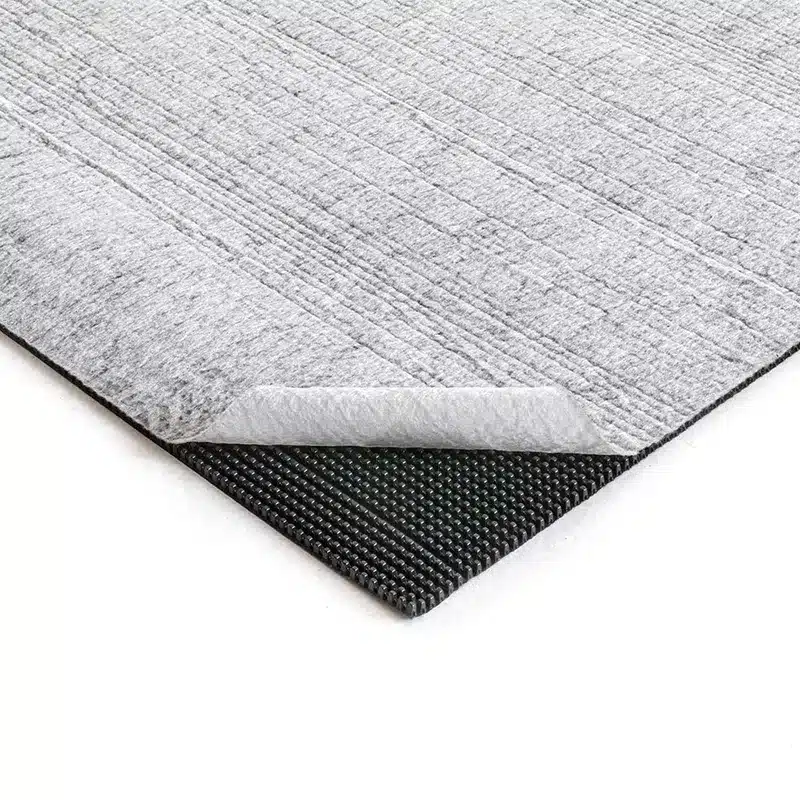+86-159 9860 6917
info@geofantex.com
geofantex@gmail.com
+86-400-8266163-44899
Geotextile bags, a staple in construction and environmental engineering, play a critical role in various applications ranging from shoreline protection to sediment control. These versatile bags, made from permeable fabric, are designed to be filled with soil or sand, serving as an eco-friendly and durable solution in many projects. This article delves into the importance of understanding geotextile bag weights, exploring how they contribute to the effectiveness and stability of engineering projects.
What are geotextile bags and why are their weights important?
- Geotextile bags are permeable containers made from synthetic fabrics, used for applications like erosion control, sediment containment, and soil stabilization.
- They are typically made from materials such as polypropylene or polyester, chosen for their strength, UV resistance, and permeability.
- The weight of geotextile bags is important for stability, especially in areas with water flow or high winds, as it helps them stay in place and function effectively.
- Heavier bags are more durable, reducing the risk of rupture and improving long-term performance in challenging environments.

How are geotextile bag weights calculated?
Introduction to Weight Calculation for Geotextile Bags
The weight of geotextile bags is an essential factor in ensuring their stability and effectiveness in various applications. The weight is influenced by several variables, including material properties, dimensions, and environmental factors like water content.
Factors Influencing Weight Calculation
- Material Composition: The fabric used (e.g., polypropylene, polyester) determines the density and strength, directly impacting the weight. Heavier materials typically result in heavier bags.
- Dimensions: The size of the bag (length, width, height) affects the total weight. Larger bags contain more material and are heavier.
- Water Content: Geotextile bags often retain moisture, and this water adds to their weight. The moisture content is typically calculated based on environmental conditions and the type of material.
- Filling Material: The weight of the sand, soil, or other aggregates inside the bag also contributes to its overall weight. The density of the filling material is a key factor.
Weight Calculation Process
To calculate the weight of a geotextile bag, the following steps are typically followed:
- Material Weight: Determine the weight of the geotextile fabric by multiplying its area by the fabric’s weight per unit area (e.g., grams per square meter).
- Bag Dimensions: Multiply the bag’s dimensions (length × width × height) to find the volume. This volume helps calculate the potential amount of filling material.
- Filling Material Weight: Calculate the weight of the material inside the bag by using the density of the filling material and multiplying it by the volume.
- Water Content: Estimate the water content based on the environmental exposure and material used, and add this weight to the total.
Example Formula
For a geotextile bag:
- Fabric weight = Fabric area × Fabric weight per unit area
- Filling weight = Material density × Bag volume
- Total weight = Fabric weight + Filling weight + Water weight
Industry Standards and Guidelines
In practice, industry standards, such as those from the Geosynthetic Institute (GSI) and ASTM International, provide guidelines for selecting materials and calculating geotextile bag weights. These standards include recommendations for fabric tensile strength, permeability, and weight per unit area based on application needs.
Calculating the weight of a geotextile bag involves considering the material, dimensions, filling, and environmental factors. A structured approach to these calculations ensures that the bags function effectively in their applications, such as erosion control or sediment containment.

What factors influence the choice of geotextile bag weights in a project?
Several factors influence the selection of geotextile bag weights, including the nature of the project, environmental conditions, and specific project goals. For instance, in areas with high water flow or wave action, heavier and more robust bags might be necessary. Other considerations include the type of soil, slope stability, expected load and stress, and longevity of the installation. Each factor plays a role in determining the optimal bag weight to ensure project success and durability.
What are the environmental benefits of using geotextile bags?
Geotextile bags offer significant environmental benefits. They are used in erosion control, shoreline protection, and habitat restoration projects. Their permeability allows for water filtration, promoting water quality. Additionally, these bags can be filled with local materials, minimizing the carbon footprint associated with transport. Being flexible, they conform to natural landscapes, providing structural protection without disrupting the existing environment.
Geotextile bags are a powerful tool in both environmental and civil engineering. Understanding the importance of geotextile bag weights is essential for engineers and project managers to optimize the performance and durability of their installations. From flood defenses to erosion control, the calculated selection of bag weights ensures that these solutions not only protect infrastructure but also enhance the natural environment. As technology advances, the application of geotextile bags is likely to expand, underscoring their role in sustainable engineering solutions.



Get Free Sample
We’ll respond as soon as possible(within 12 hours)






















